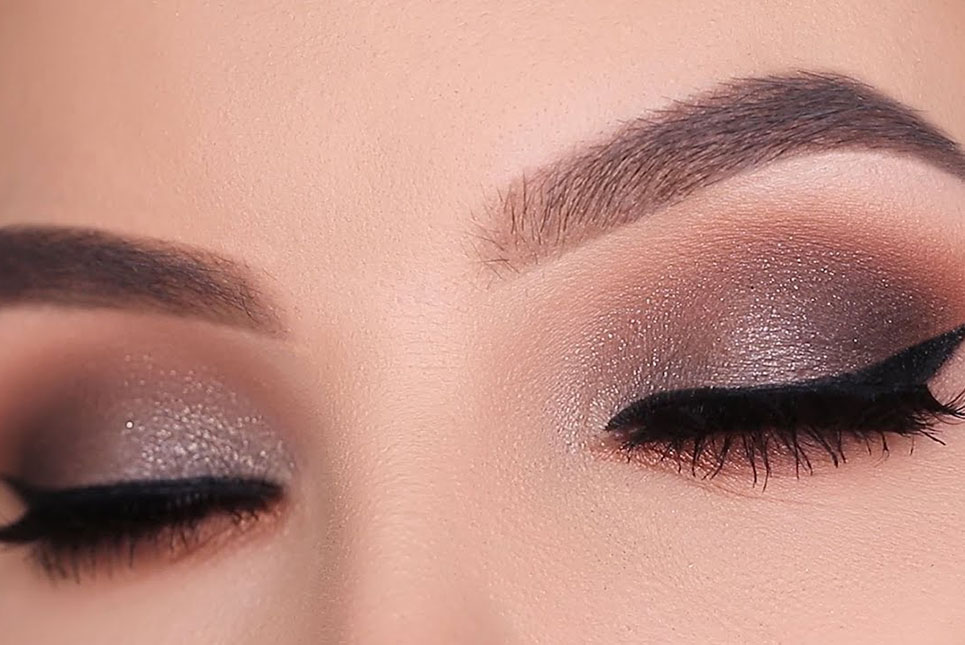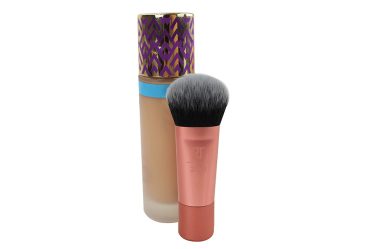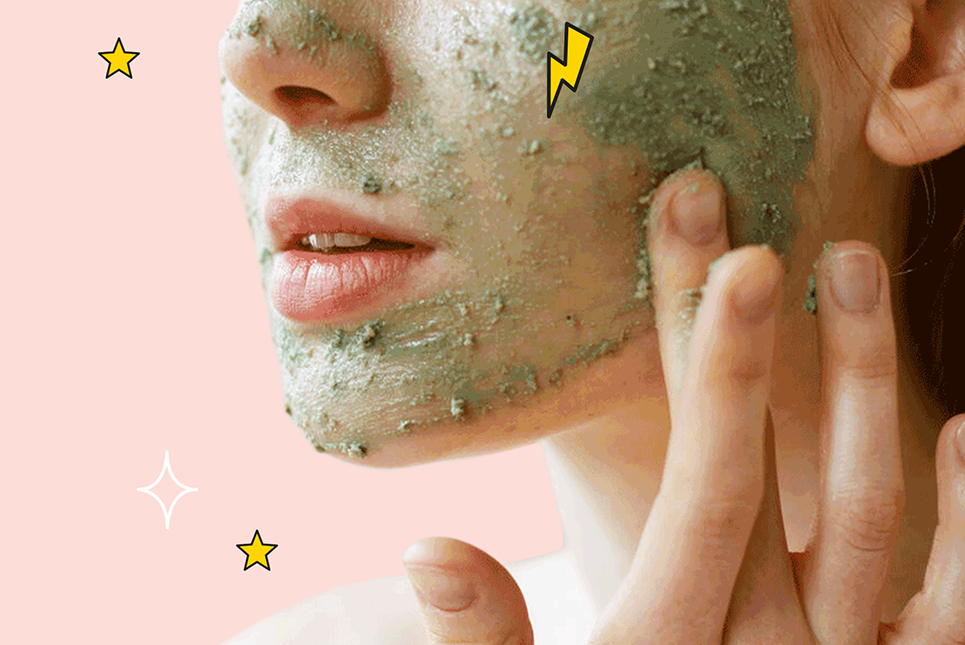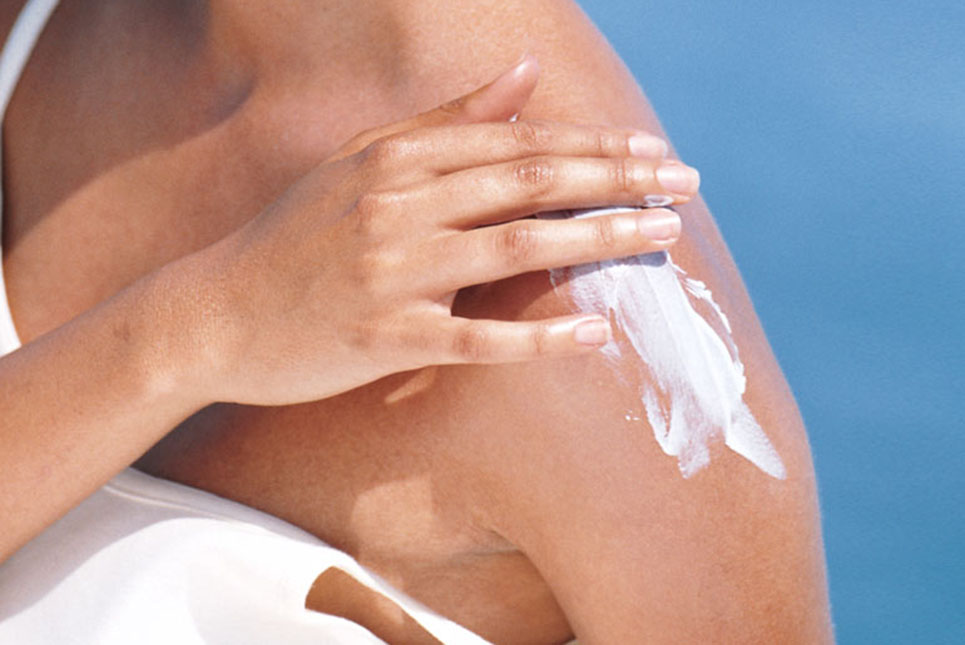
Choosing the right sunblock is essential for protecting your skin from the harmful effects of the sun’s ultraviolet (UV) rays. Two common types of sunblocks available are physical and chemical sunblocks.
Fashion Picks | Create Your Own Unique Style
Looking for a complete makeover from head to toe? These carefully selected brands will help you stay at the forefront of fashion! Whether it's footwear, clothing, or skincare and makeup, the following recommendations will help upgrade your wardrobe and beauty essentials, becoming a part of your fashionable lifestyle. Click now and experience your new fashion trend!
Footwear Recommendation: Saucony
The perfect blend of comfort and style! Whether you're at the gym or on the streets, Saucony offers both fashion and comfort. This renowned sports brand not only delivers exceptional foot support but also comes in a wide variety of colors and styles, allowing you to effortlessly handle any occasion.
Clothing Recommendation: Dorothy Perkins
Achieve a style of simplicity and elegance! Dorothy Perkins , a renowned British fashion brand, is loved by fashion enthusiasts for its classic yet distinctive designs. From exquisite dresses to versatile casual sets, Dorothy Perkins is your perfect choice for both office wear and everyday outfits.
Skincare & Makeup Recommendation: Stylevana
Your go-to expert for skincare and beauty! As one of the most popular Asian beauty and skincare platforms, Stylevana offers a wide range of skincare products and makeup. From hydrating serums that repair the skin to trendy makeup items, Stylevana makes it easy for you to achieve healthy skin and a flawless look.
Explore More Trendy Items!
Want to make your outfit stand out even more? Don't forget to add some fashionable accessories. Delicate earrings, minimalist bracelets, and trendy sunglasses can all add layers to your overall look. Start picking your favorite pieces now and let the details elevate your style!
Come and check out these curated brands for your must-have fashion items!
Physical Sunblocks:
Physical sunblocks, also known as mineral or inorganic sunblocks, work by creating a physical barrier on the skin that reflects and scatters UV rays. The main active ingredients in physical sunblocks are zinc oxide and titanium dioxide. Here are some key points about physical sunblocks:
Broad-Spectrum Protection: Physical sunblocks provide broad-spectrum protection, meaning they shield the skin from both UVA and UVB rays. They act as a physical shield, preventing the rays from penetrating the skin.
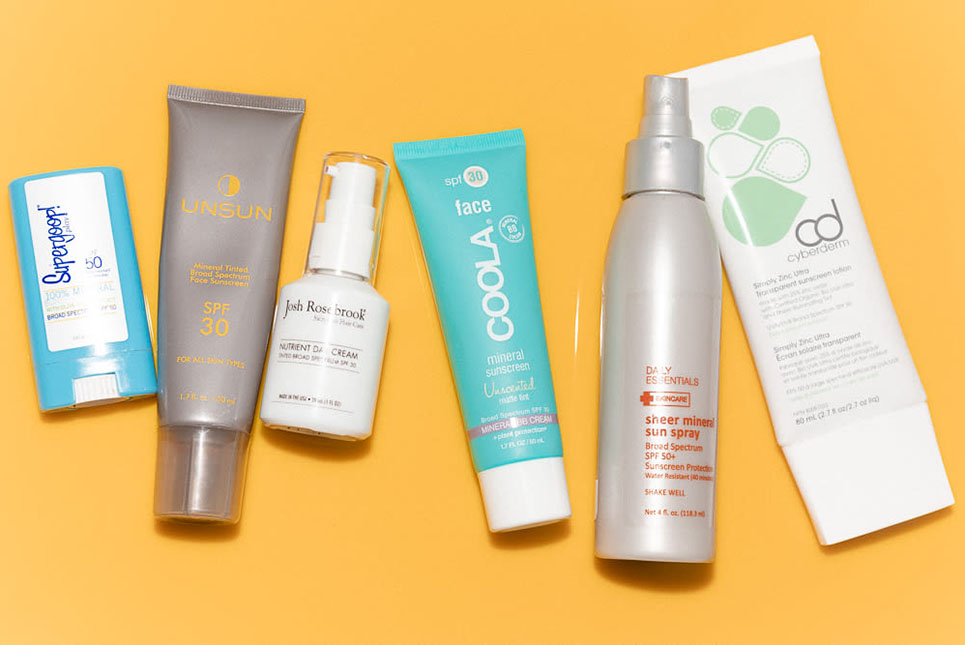
Immediate Protection: Physical sunblocks start protecting your skin as soon as you apply them. There is no need to wait for them to be absorbed into the skin.
Gentle and Suitable for Sensitive Skin: Physical sunblocks are generally considered to be gentle on the skin, making them a suitable option for individuals with sensitive or reactive skin. The mineral ingredients sit on top of the skin, making them less likely to cause irritation or allergic reactions.
Less Risk of Chemical Absorption: Physical sunblocks are not absorbed into the skin to the same extent as chemical sunblocks. They work by sitting on the skin’s surface, reflecting and scattering UV rays away from the skin.
Potential for White Cast: One drawback of physical sunblocks is that they can leave a white cast on the skin due to the mineral ingredients. However, modern formulations have made significant advancements in reducing the white cast effect.
Chemical Sunblocks:
Chemical sunblocks, also known as organic sunblocks, work by absorbing UV rays and converting them into heat, which is then released from the skin. These sunblocks contain organic compounds such as avobenzone, octinoxate, and oxybenzone. Here’s what you should know about chemical sunblocks:
Broad-Spectrum Protection: Like physical sunblocks, chemical sunblocks provide broad-spectrum protection against UVA and UVB rays.
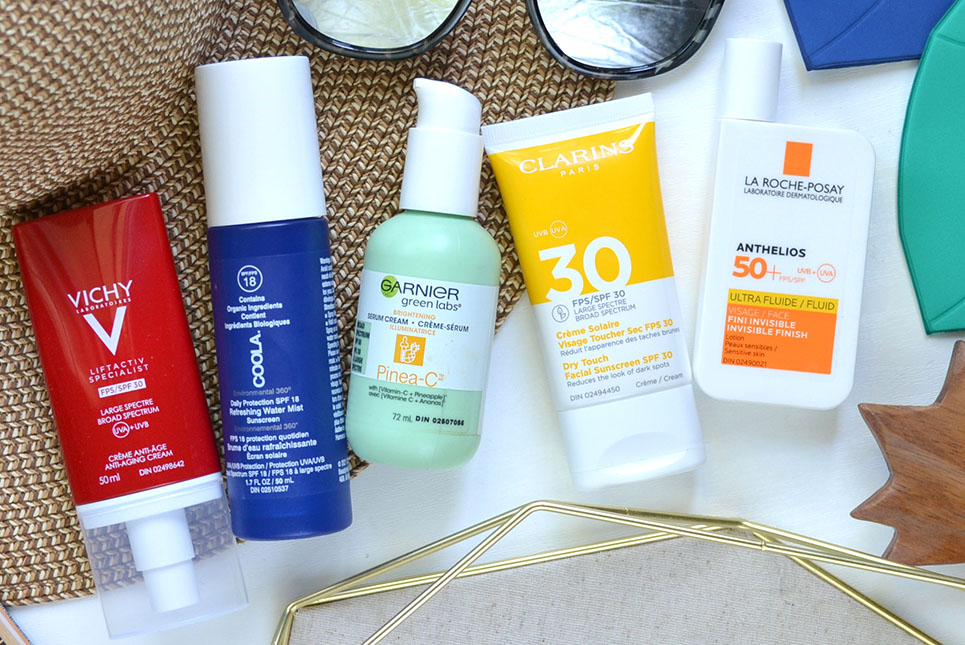
Lighter Texture and Transparency: Chemical sunblocks tend to have a lighter texture and are more easily absorbed into the skin, leaving no white residue or cast. They can be applied more smoothly and evenly, providing a sheer finish.
Full Effectiveness After Absorption: Chemical sunblocks require a short period of time (usually around 20 minutes) to be absorbed into the skin before they can provide optimal protection. It is essential to apply them in advance of sun exposure to allow sufficient time for absorption.
Potential for Skin Sensitivity: Some individuals with sensitive skin may experience irritation or allergic reactions to certain chemical sunblock ingredients. It’s recommended to test a small patch of skin before applying it to larger areas.
Potential for Chemical Absorption: Chemical sunblocks are absorbed into the skin, and some studies suggest that certain chemical ingredients can be detected in the bloodstream. However, more research is needed to determine the potential health implications of this absorption.
Choosing the Right Sunblock:
The choice between physical and chemical sunblocks ultimately depends on personal preference, skin type, and any specific skin sensitivities or concerns. Consider the following factors when selecting the right sunblock for you:
Skin Type: Physical sunblocks are generally well-tolerated by sensitive skin, while chemical sunblocks may be more suitable for individuals with normal or oily skin.
Skin Sensitivity: If you have a history of skin allergies or sensitivities, it may be wise to opt for a physical sunblock to minimize the risk of irritation.
Desired Finish: If you prefer a lightweight, sheer, and transparent finish, a chemical sunblock may be more suitable. If you don’t mind a potential white cast, a physical sunblock can provide effective protection.
Sun Exposure: Consider the duration and intensity of sun exposure. Physical sunblocks offer immediate protection, making them suitable for outdoor activities, while chemical sunblocks require time to be absorbed before they reach their full effectiveness.
Environmental Impact: Some chemical sunblock ingredients, such as oxybenzone, have been associated with potential harm to coral reefs and marine life. If you’re concerned about the environmental impact, consider using a physical sunblock or opting for sunblocks labeled as reef-safe.
Remember, regardless of the type of sunblock you choose, it’s important to apply it generously and reapply regularly, especially after swimming or sweating. Consult with a dermatologist or skincare professional to determine the best sunblock option based on your skin type, lifestyle, and individual needs.
Elevate your style with
Dorothy Perkins
– timeless fashion, always in trend!

